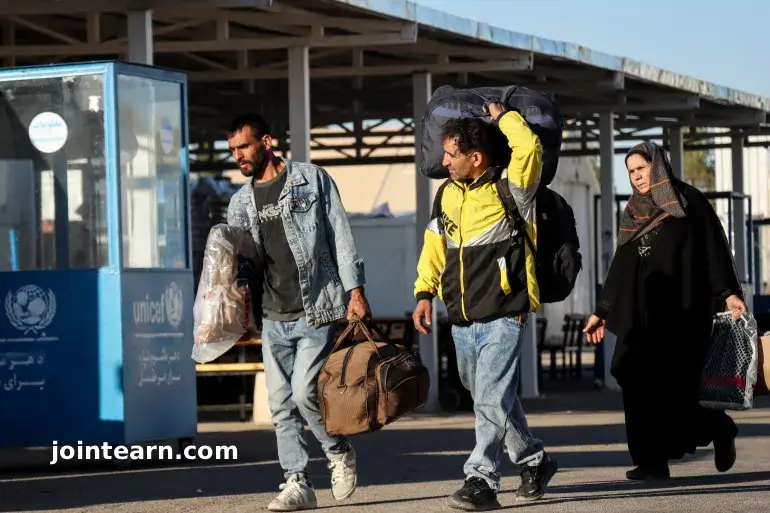
Afghanistan is facing a severe humanitarian and economic crisis as returning refugees and displaced people stretch already scarce resources. According to a United Nations Development Programme (UNDP) report, nearly nine in ten Afghan families are either skipping meals or going into debt to survive.
Returnees Strain Afghanistan’s Fragile Economy
Since 2023, approximately 4.5 million Afghans have returned to the country, with 1.5 million forced back this year from Pakistan and Iran amid intensified deportation efforts. The Taliban-controlled nation is grappling with the combined impact of decades of conflict, aid cuts, international sanctions, and repeated natural disasters, including a deadly earthquake in August 2025.
The UNDP report, based on a survey of over 48,000 households, found that more than half of returnee families skip medical care to afford food. Additionally, over 90% have taken on debt, often ranging between $373 and $900, while the average monthly household income is only $100.
Housing and Living Conditions Under Pressure
Returnees are struggling to find adequate housing, with rent prices having tripled in many areas. Over 50% report insufficient living space or bedding, and 18% have been displaced a second time in the past year. In western Afghanistan’s Injil and Guzara districts, most returnees reportedly live in tents or severely degraded structures.
The UNDP emphasized the need for area-based recovery works that integrate income opportunities, housing, social cohesion, and basic services to reduce pressure on high-return districts and prevent secondary displacement.
Limited Aid and Donor Support
Afghanistan continues to struggle with low international aid inflows, falling short of the $3.1 billion requested by the UN this year. The Taliban government has repeatedly appealed for humanitarian support, particularly after natural disasters, and has protested against mass deportations from Pakistan, citing concerns about treatment of returning citizens.
Women’s Exclusion Intensifies Hardship
The UNDP highlighted that limited economic opportunities for women are worsening the crisis. Women now account for only 6% of Afghanistan’s labor force, one of the lowest globally. Restrictions on their movement and employment make it nearly impossible for female-headed households to access work, education, or healthcare.
“In some provinces, one in four households depend on women as the main breadwinner,” said Kanni Wignaraja, UN assistant secretary-general and UNDP regional director for Asia-Pacific. “When women are prevented from working, families, communities, and the country lose out.”
The report warns that excluding women from economic participation also hampers access to essential services for returnees and disaster victims.
Conclusion
Afghanistan faces a humanitarian crisis of unprecedented scale, with millions of returnees, skyrocketing debt, insufficient housing, and extreme food insecurity. Urgent international support, targeted aid, and inclusive economic policies—especially empowering women—are critical to alleviate suffering and stabilize the country.
Leave a Reply